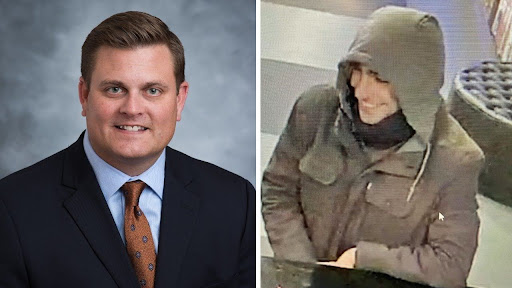This week President Conrado “Bobby” Gempesaw will do what is arguably the most important thing he’s tackled since arriving at St. John’s.
On Thursday students will be given the opportunity to meet with him at Taffner Field House to air their concerns regarding race relations on campus directly to him.
This is a great step forward.
Last week the University community bore witness to a vile situation in which students were harassed through racially charged messages by two other students — one from St. John’s and one from another local college. This sparked an impromptu gathering of more than 100 students that led to an hours-long airing of grievances, for which several University personnel were present. But the most important player — Gempesaw — was not.
We’re glad he’s finally listening.
At the demonstration inside the Little Theatre, St. John’s Vice President for Administration and General Counsel Joseph Oliva told the students that their concerns would be dealt with swiftly and immediately. In response, students repeatedly asked Oliva, “How do you define swiftly and immediately?”
Students want to know if their concerns are going to be pushed aside or treated as the first priority of administrators. And that’s why it’s important for Gempesaw to actually hear from students in person.
His email that night was timely and included supportive wording and references to the code of student conduct, but it also was predictable. At this point words alone don’t make the community as a whole feel as if they are being taken care of.
And while none of the problems discussed on the Little Theatre stage has an immediate solution, clear steps have to be discussed, announced and then taken.
That’s already begun. Oliva told the Torch on Tuesday that department-specific training will start soon, beginning with Public Safety. This tells us administrators have heard some of the students’ concerns.
However, it’s important that once Gempesaw hears from students himself on Thursday, he works with his staff to come up with a plan of action and communicates that to the University community.
Regardless of how big or small the programs that are spurred from this are, it’s important that all processes are transparent for all parties involved. That way, students will know if the school is hearing them — and fighting for them.
It’s easy for administrators to say that they are continuously working on finding answers to the concerns raised by students. But students want to see a roadmap of where this moment is going to take the University community, and they deserve to know every detail. In many ways, what happens now becomes the foundation for how harassment and racism will be dealt with on campus for years to come.
It is our hope that Gempesaw makes a point of taking students along with him on every step of this process — not just in Thursday’s meeting. There should be more face-to-face meetings between the president and student body as we move forward from this. It may sound like a tall order, but it’s what a diverse university community requires, and what every student who identifies as disenfranchised demands.
By setting up Thursday’s session, Gempesaw is giving these same students a seat at the table. Now, he not only has to listen, but he also has to act.








